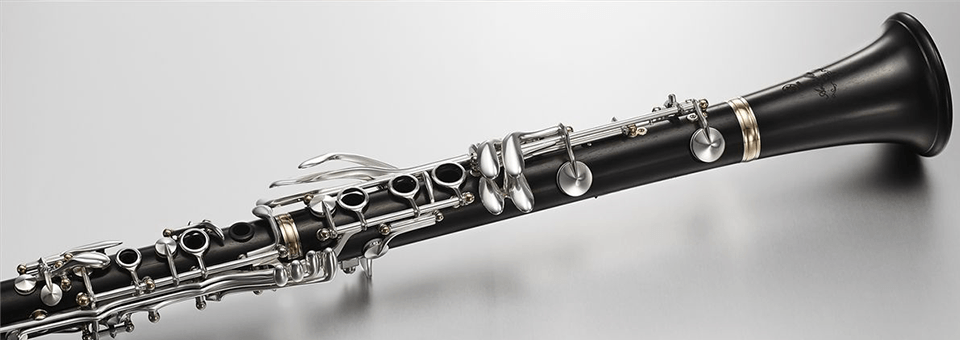Clarinets are a special case!!!

Oh really, that's contentious to say the least! Well it may be a bit strong but they are unquestionably unique in one respect in that they overblow a 12th while the rest of the woodwind family all manage to overblow an 8th (which let's face it, makes a lot more sense)! This comes about because the laws of physics state - A conical tube having a stopped end will overblow an 8th (oboe, bassoon, saxophone), & parallel tube with an open end will overblow an 8th (flute) but a parallel tube with a stopped end is going to overblow a 12th (that'll be the clarinet).
This may seem of little importance, however it has a great part to play in what happens if that tube, or part thereof, is less than perfectly airtight, & I'm sorry to have to tell you that there's no such thing as a perfectly sealed instrument. So, let's establish what is, rather than what we imagine or would like it to be.
(1) All instruments leak
(2)All instruments leak the same amount - between 1% & 100%
(3)All instruments leak for the same reasons - Air leaks caused by missing or torn pads & bent keys etc. are obvious faults & can be rectified. But here I refer to the cumulative effect of the small amount of leakage from each pad. This is because they don't act as perfect airtight valves even on brand new instruments.
The severity of this effect is directly proportional to its amount in relation to the internal volume of the instrument. Given the same amount of leakage, an Eb Clarinet having a volume of approx. 55cc is going to be affected far more than say a Baritone Saxophone of around 40 times the volume !
The other important point concerns just how this leakage makes itself felt. On all instruments which over-blow an 8th or octave, the more leakage the harder it gets to play to the bottom. Clarinets which over-blow a 12th don't have this problem! The leakage manifests itself in a different way by progressively making it more & more difficult to play over the break & above.
For this reason the manufacturer 'gets away with it'. Put another way, if oboes (internal volume circa 47cc) were made to the same standard as clarinets, they wouldn't work at all & so no one would buy one & it would hit the makers in their pockets - & they would have to do something about it, which they have with oboes. As it is with clarinets, nothing is done because they sell all that they can make. This incidentally applies to all clarinets at whatever the price.